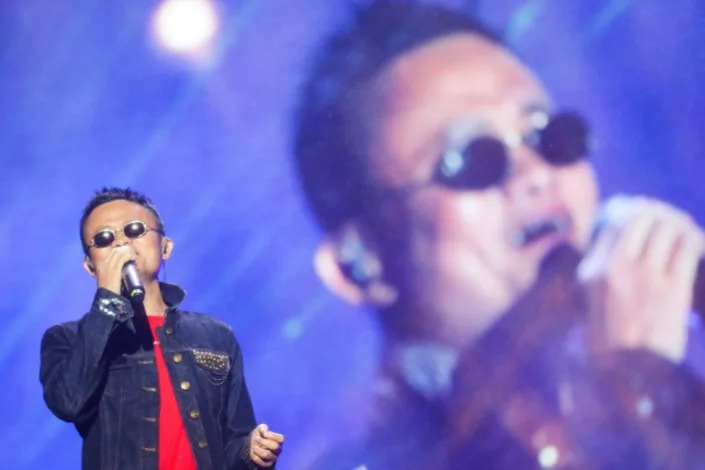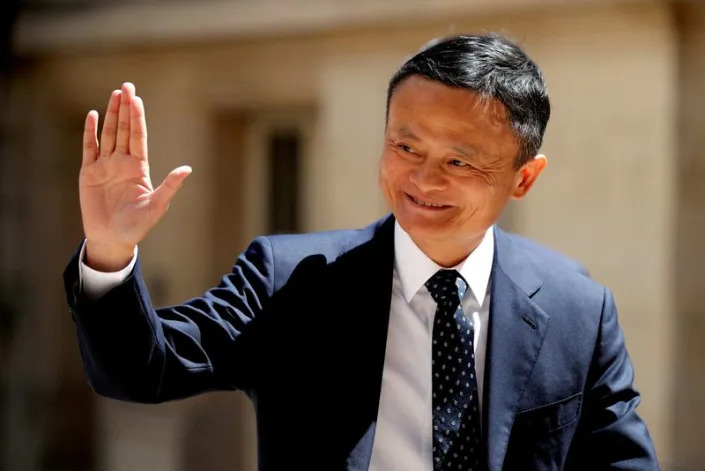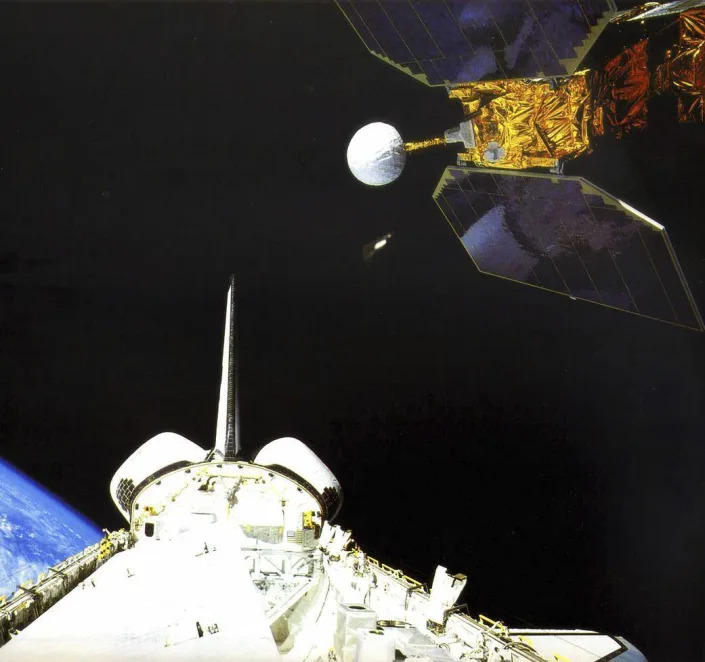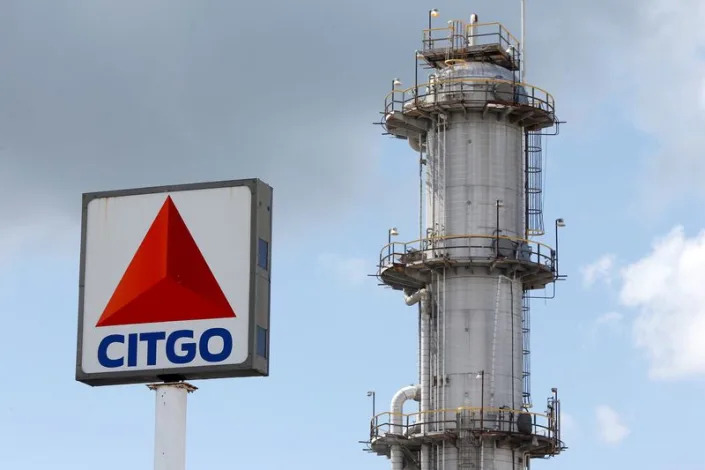Court goes against Texas inmates questioning execution drugs

These images provided by the Texas Department of Criminal Justice, shows Texas death row inmates, from left, John Balentine, Robert Fratta, and Wesley Ruiz. Texas plans to use expired and unsafe drugs to carry out executions early this year in violation of state law, the three death row inmates allege in a lawsuit. Prison officials deny the claim and say the state’s supply of execution drugs is safe.
JUAN A. LOZANO
Thu, January 5, 2023
HOUSTON (AP) — Texas’ top criminal appeals court has barred a civil court judge from issuing any orders in a lawsuit by three death row inmates who allege the state plans to use expired and unsafe drugs to execute them.
Attorneys for inmates Wesley Ruiz, John Balentine and Robert Fratta had asked a civil judge in Austin last month to issue a temporary order to stop the state from using the allegedly expired execution drugs. Fratta, who was not initially part of the lawsuit but later intervened, is the first of the three set for execution, next Tuesday. Balentine and Ruiz are scheduled for execution in February.
Prison officials deny the lawsuit’s claims and say the state’s supply of execution drugs is safe.
The Texas Attorney General’s Office had asked the Texas Court of Criminal Appeals to stop the civil judge from taking any action in the lawsuit, arguing the criminal appeals court has exclusive appellate jurisdiction in death penalty cases.
The appeals court affirmed that argument and ruled against the inmates on Wednesday. The court has issued the same decision in previous similar challenges to the state’s lethal injection protocol, and inmates in those cases were ultimately executed.
In a dissenting opinion, two judges on the appeals court questioned whether Wednesday’s ruling “creates a Catch-22 in which death row inmates have a civil remedy to pursue claims regarding the method of execution but may not stop the execution to raise them.”
Attorneys for the inmates planned to appeal the ruling.
“A divided Texas Court of Criminal Appeals ... is wrong in barring the Texas civil courts from deciding whether the state of Texas is violating its own statutes by using expired drugs to execute prisoners. ... We will continue to push for our clients to have their executions conducted according to Texas law,” said Shawn Nolan, an attorney for Balentine and Ruiz.
Nolan has criticized Texas’ secrecy in matters related to its execution procedures. State lawmakers banned the disclosure of drug suppliers for executions starting in 2015. The Texas Supreme Court upheld the law in 2019.
There has been a history of problems with lethal injections since Texas became the first state to use this execution method in 1982. Some problems have included difficulty finding usable veins, needles becoming disengaged or issues with the drugs.
Like other states in recent years, Texas has turned to compounding pharmacies to obtain pentobarbital, which it uses for executions, after traditional drugmakers refused to sell their products to prison agencies in the U.S.
The Texas Department of Criminal Justice says its lethal injection drugs are within their use dates and have been properly tested.
But Michaela Almgren, a pharmacology professor at the University of South Carolina and an expert for the three inmates in their lawsuit, alleges “all the pentobarbital in TDCJ’s possession is expired, as it is far beyond” the specified beyond-use date.
Attorneys for Fratta, who is on death row for hiring two men to kill his estranged wife in a murder-for-hire plot in 1994, have several other appeals pending in his case. Ruiz, who is set to be executed Feb. 1, was condemned for fatally shooting a Dallas police officer in 2007. Balentine, set for execution on Feb. 8, was condemned for fatally shooting three teenage housemates in Amarillo in 1998.
___
Follow Juan A. Lozano on Twitter: twitter.com/juanlozano70










